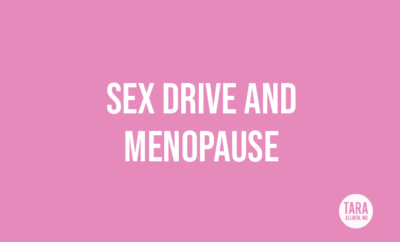Sexual Health
The Female Sex Hormones: Estrogen, Progesterone and Testosterone
Estrogen promotes the growth and health of the female reproductive organs. It also affects practically every tissue in a woman’s body, including the heart, brain, bones, eyes, skin, colon and so forth. Fluctuating and ultimately reduced levels of estrogen can result in hot flashes, night sweats, mood swings, palpitations, insomnia, fatigue, decreased libido, vaginal dryness, irregular bleeding, bone loss and heart disease. Estrogen replacement therapy is considered the gold standard for the treatment of menopausal symptoms.
Progesterone
Progesterone is the hormone that prepares the lining of the uterus to accept a fertilized egg. During perimenopause, ovulation becomes unpredictable and so does the production of progesterone. During perimenopause, fluctuating levels of progesterone can cause periods to become heavier, longer and irregular.
When considering the use of hormone replacement therapy for menopausal symptoms, progesterone is necessary for women who still have a uterus. If you have had a hysterectomy, you do not need to take progesterone. Progesterone has only one job, which is to protect the uterine lining from abnormal overgrowth caused by the estrogen being taken to reduce menopause symptoms. It is the estrogen that is helping with your symptoms. It is the progesterone that is protecting your uterine lining. If you have had a hysterectomy, you do not need progesterone.
Testosterone
Although known as the “male” hormone, you might be surprised to learn that your ovaries have been producing testosterone since you first started getting acne and having periods! Testosterone continues to be produced by your ovaries for about 5 years after you have entered menopause and stopped making estrogen. Testosterone helps with your libido, feelings of well-being, energy, and bone health.
Who should consider a trial of testosterone?
The FDA has not approved the use of testosterone in women, so the answer is complicated. With my patients, I start with estrogen first, and most of the time I can manage symptoms just fine. If you have a uterus, you will also need progesterone. After 3-6 months, if you are still complaining of a reduced libido, it is time to consider adding testosterone. Since testosterone has not been FDA approved for use in women, you must make sure your health care professional knows what to do. Testosterone is generally safe at low doses for a short period of time.
Tara Allmen, MD Credentials:
– Board Certified Gynecologist and Nationally Certified Menopause Practitioner
– New York City’s Leading Expert In Menopause
– President, North American Menopause Society Foundation
– Fellow of the American College of Obstetrics and Gynecology
– New York City’s Top Gynecologist, 2015
– Five Star Rating From Doctor’s Choice Awards
– Five Star Rating From HealthGrades










You must be logged in to post a comment Login